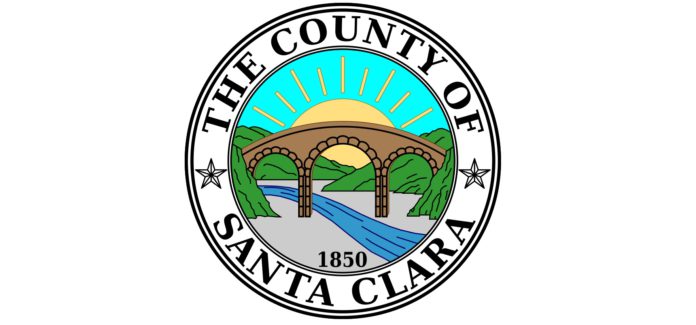The Santa Clara County Board of Supervisors approved a $13.7 billion budget for 2025-26 that allocates funding for behavioral health treatment and homelessness prevention—despite uncertainty over future state and federal funding sources, according to county officials.
The budget approved June 12 emphasizes essential safety net services and investments in local priorities. The budget “takes a proactive and pragmatic approach to an extraordinary range of challenges, led by the massive cuts that Congress is considering for Medicaid, Medicare and food assistance programs, which are expected to impact millions of Americans,” says a press release from the county.
Additional potential cuts from traditional sources include ongoing efforts by the Trump administration to reduce or eliminate federal grant funding to local governments for housing and other programs, county staff said. Federal funding currently comprises almost one-third of the county’s revenues.
The state of California is also considering significant cuts to Medi-Cal, the state’s version of Medicaid. These proposed reductions on top of federal cuts could severely impact the county’s public hospital system, which includes Saint Louise Regional Hospital in Gilroy, county staff said.
The adopted 2025-26 budget addresses these concerns by prioritizing safety net programs, with a focus on those that serve the most vulnerable residents of Santa Clara County. The budget also minimizes impacts on the county’s workforce and protects core services that could be targeted by the federal government, the press release says.
The budget also reflects the county’s continued focus on local priorities such as expanding behavioral health treatment services, maintaining funding for homelessness prevention, and continuing to fund programs that serve the needs of communities that are threatened by the federal administration, including the immigrant and LGBTQ+ communities.
“In developing the 2025-26 Adopted Budget, the county leaned more firmly than ever into its core values and the critical safety net services it provides,” said Board of Supervisors President Otto Lee, who represents District 3. “I’m proud that, at a time of such great uncertainty, we are preserving the vital services we offer through our health system and expanding access to life-saving care through the (Regional Medical Center) acquisition. We are more committed than ever to helping the most vulnerable people in our community.”
On May 1, County Executive James Williams released a recommended budget to the board. In crafting the recommended budget, county staff said they assessed the potential for federal and state funding shortfalls and made budget planning proposals that focused on opportunities to increase revenue, improving operational and organizational efficiencies, meeting legal requirements for service delivery and redirecting funding to bolster safety net services.
“Despite looming state and federal funding cuts to vital healthcare and social services programs, the board of supervisors’ adoption of the budget puts the county on a proactive, balanced path forward while preserving high-quality services and jobs across the county organization,” Williams said. “The board’s decision to act now to realign local general fund dollars to backfill certain anticipated federal funding losses will help prevent greater impacts to critical services that so many in our community rely on.
“During these challenging times, it is important that we continue to make budget decisions on our own terms as a community while holding firm to the values that define us. Our county will continue to be strategic, proactive and thoughtful as we tackle the fiscal challenges ahead of us in order to preserve and protect the essential and lifesaving services that we provide our community.”
The approved budget replaces $59.6 million in federal funding for supportive housing, public health and behavioral health services with local sources of funding, county staff said.
The budget does not yet account for the “potentially devastating” cuts to Medi-Cal proposed by the state and federal government, nor the Trump administration’s potential cuts to social service programs that include Temporary Assistance for Needy Families (TANF) and the Supplemental Nutrition Assistance Program (SNAP).
If the county wants to preserve those services locally, the board will likely have to address the funding concerns in the coming year as the state and federal budgets become finalized, the county said.
“The adopted budget is a reflection of our core values, that despite living in a time of incredible turbulence and uncertainty, the county is committed to protecting our most disadvantaged and underserved communities,” said Supervisor Sylvia Arenas, who represents District 1. “It is critical that we remain vigilant, nimble and steadfast in protecting the programs and services that benefit the people in our community, particularly in South County, who need them most.”
County expenditures are rising faster than revenues due to inflation and tepid economic conditions, among other factors—leading to a structural funding gap, says the press release. The 2025-26 budget closes this gap for one year, “but the county will need to reckon with a structural deficit again in the coming years, on top of addressing federal and state impacts.”
For more information about the county budget and to view the approved 2025-26 budget, visit https://tinyurl.com/33yzm6a7.















